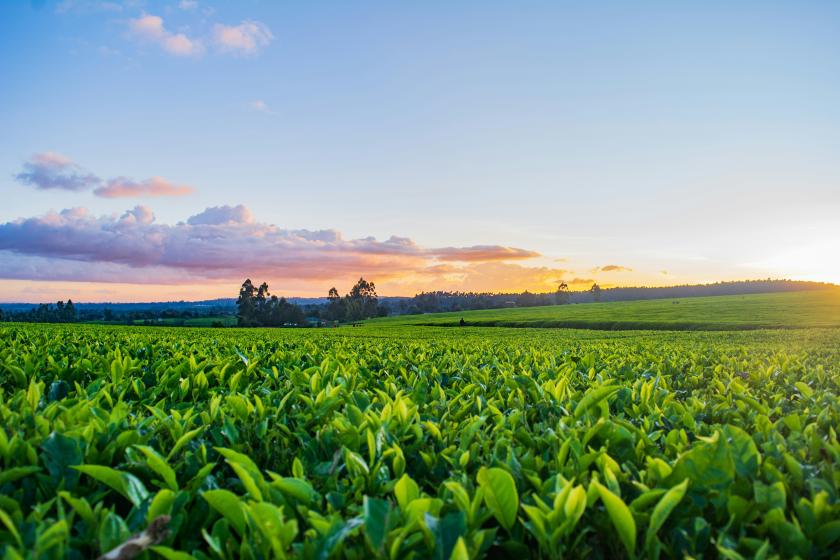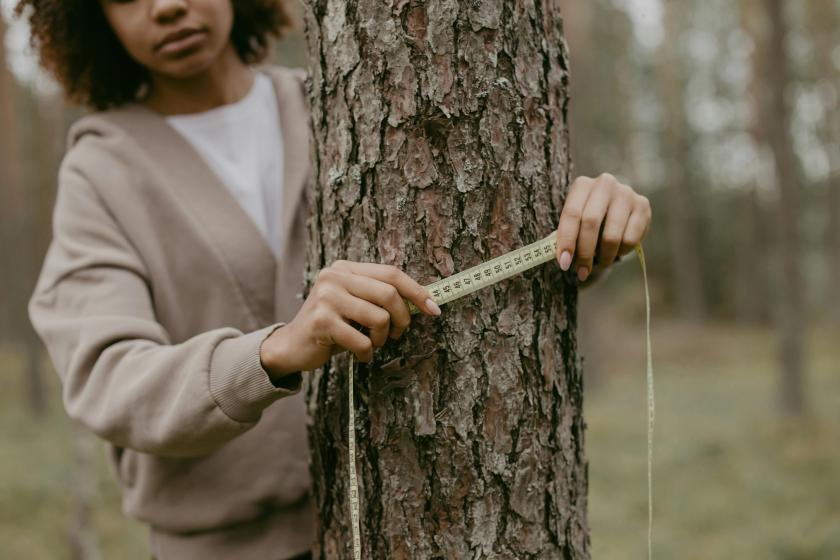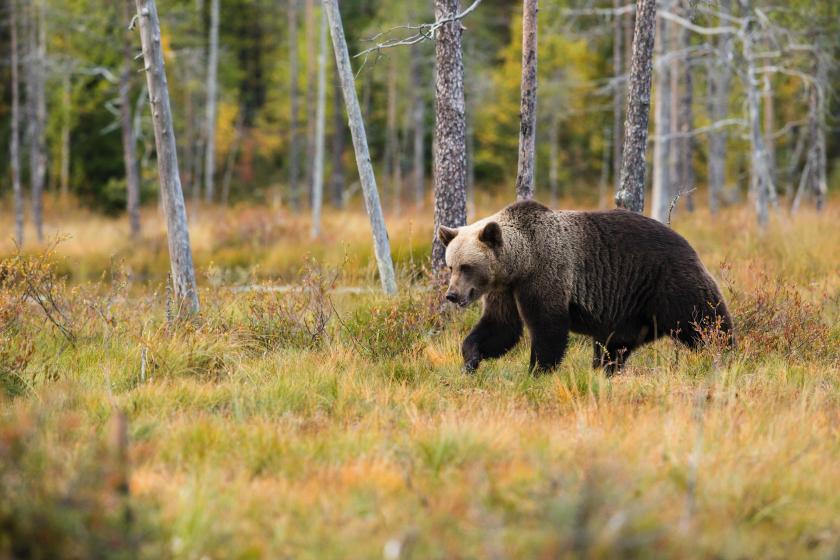Improving restoration practices: Preferred by Nature’s Ecosystem Restoration Programme
Embrace a transformative path towards ecosystem restoration excellence. Preferred by Nature’s Ecosystem Restoration Standard serves as a guiding light for your restoration initiatives. This globally recognised Standard meticulously assesses ecosystem restoration performance at the field level across diverse biomes – tropical, temperate and boreal.
Why it matters
In an era of rising restoration initiatives, like the Bonn Challenge, the Aichi Targets, and the New York Declaration on Forests, transparent progress tracking is crucial. Funders, investors and stakeholders actively seek ways to monitor and validate restoration efforts.
The UN Decade on Ecosystem Restoration 2021-2030 is one of the major global commitments to halt and reverse the degradation of ecosystems. Preferred by Nature aligns proudly as an official Actor for this initiative.
For project managers navigating the complexities of restoration, our Standard serves as a comprehensive guide for improvement. Project managers can use it as a checklist to identify potential gaps and ensure resources are strategically invested. It can help foster clear communication about your restoration efforts, demonstrating accountability and commitment to social and environmental excellence.
The Standard has been used to evaluate the restoration efforts across forests, mangroves and tourism destinations in several countries around the world.
Ecosystem Restoration Verification

The verification process underscores the importance of field performance – ensuring that your restoration efforts are technically sound, environmentally responsible, socially equitable, and economically viable.
We understand that restoration projects vary in scale and community involvement. Our approach is tailored to accommodate these differences:
- Larger-scale initiatives (over 10,000 ha): entails comprehensive documentation to meet verification requirements.
- Medium-scale initiatives (in between 100 and 10,000 ha): a moderate level of documentation to meet verification requirements.
- Smaller-scale and community-led projects may require less documentation, with report capturing essential information for due diligence.
Our approach introduces “core” and “continuous improvement” indicators. This strikes a balance between mandatory assessment criteria and the encouragement of progressive field-level advancements.
>> Explore the Standard
>> Download our info sheet
Benefits of choosing our Ecosystem Restoration verification
Choosing Preferred by Nature’s Ecosystem Restoration verification positions you at the forefront of responsible restoration. You gain access to a wealth of benefits, including:
- Strengthen reporting and disclosures
- Enhance your brand
- Demonstrate credibility
- Improve your restoration efforts.
- Gain better insight on effective practices
- Provide confidence to your funders
- Seek further funding with clarity on your project
- Strengthen the relationships with your stakeholders
Verified organisations
Our Ecosystem Restoration verification programme offers organisations a means to communicate their sustainability progress and gain recognition. Depending on the site, restoration may focus beyond forest or trees to include elements of the target natural forest ecosystem, e.g.: wetlands, riparian zones, etc.
>> Access our database of verified organisations
How is the verification process?
Kick off your verification process and receive a service quote by completing our service request form or contacting us directly. The process typically includes the following steps:
Step 1: Identifying Restoration Manager
The individual responsible for implementing restoration and meeting verification requirements at the field level is identified.Step 2: Stakeholder engagement
Primary stakeholders are consulted prior to or during the field verification.Step 3: Performance review
An effectiveness review is conducted, adapted to risk, scale and intensity for SH&Cs and medium projects and annually for large projects.Step 4: Audit report
The auditor prepares a draft, which the Restoration Manager then reviews. Any major non-conformities reported shall be closed before verification is granted.Step 5: Public summary and claim
A public summary of the report is made available on the Preferred by Nature Certificate Database. For public claims to be made, they must first be reviewed and approved by our auditor or accountability system.
Complaints and resolutions
If a complaint is raised about our certification services or one of our clients, we handle this in accordance with our Dispute Resolution Policy. We may call on our Impartiality Committee if Preferred by Nature’s impartiality is under question.
Ecosystem Restoration Verification
Our dynamic verification approach acknowledges the evolving nature of restoration and the rapid advancements in technology. We do not prescribe a one-size-fits-all solution. We embrace a variety of restoration techniques, including tree plantations, assisted natural regeneration, agroforestry, natural forest management, enrichment planting, rewilding, improved pastoralism, regenerative agriculture etc.
Socio-economic aspects
This approach recognises the critical need to consider economic and social factors beyond the original or reference ecosystems. Successful ‘ecological’ restoration cannot ignore economic and social factors or community needs. This may lead to blended approaches that include actions to produce products or ecosystem services of value to communities or companies.
Smallholders and Communities (SH&C)
Placing SH&C at the centre is a key principle. Our approach reduces documentation, audit frequency, promotes local expert training, and emphasizes the use of technology to empower local parties and reduce audit costs.
Project validation
In the case of a proposed restoration with recently started management activities, our validation option confirms compliance with applicable requirements. This ensures a credible plan for successful verification.
Explore the Ecosystem Restoration Standard
Our Ecosystem Restoration Standard is a global benchmark for assessing restoration performance. It provides a structured approach for field-level verification, encompassing a broad spectrum of techniques. The Standard prioritises native species while accommodating the strategic use of alien species where they provide “nursing” or similar qualities, leading towards the re-establishment of natural forest cover or ecosystem function.

Designed for flexibility, our Standard applies to projects of all scales and stages. Since its inception, it has undergone rigorous testing and public consultation, evolving to meet the needs of various ecosystems and stakeholders.
In 2021, version 2.0 was developed and underwent a round of public consultation which led to the release of version 3.1. For a clearer idea of the changes in the latest version, click the links below:
- Ecosystem Restoration Standard version 2.0 – Public consultation summary
- Ecosystem Restoration Standard version 2.0 – Public consultation compiled feedback
The AlVelAl project in Spain is the first restoration effort verified against this Ecosystem Restoration Standard.
Info sheet

Ecosystem Restoration Verification Info Sheet
Learn more about the Ecosystem Restoration Verification programme.
Learn more about the Ecosystem Restoration Verification programme.
Standard

Preferred by Nature Ecosystem Restoration Standard V3.1
This standard was designed to audit performance at any scale and at any point in an ongoing restoration process or project. Version 1.0 and 2.0 have undergone public consultation,...
This standard was designed to audit performance at any scale and at any point in an ongoing restoration process or project. Version 1.0 and 2.0 have undergone public consultation,...
Videos
Get in contact with us
Our experts are ready to support you on your sustainability journey.
Gain more insights into the programme!
Join our upcoming courses.
| Event title | Event type | Language | Location | Dates | Status |
|---|---|---|---|---|---|
| Ecosystem Restoration and Carbon Initiatives: A Practical Course in the Borneo Rainforest | Expert course | English | Sabah, Malaysia | 13 - |













